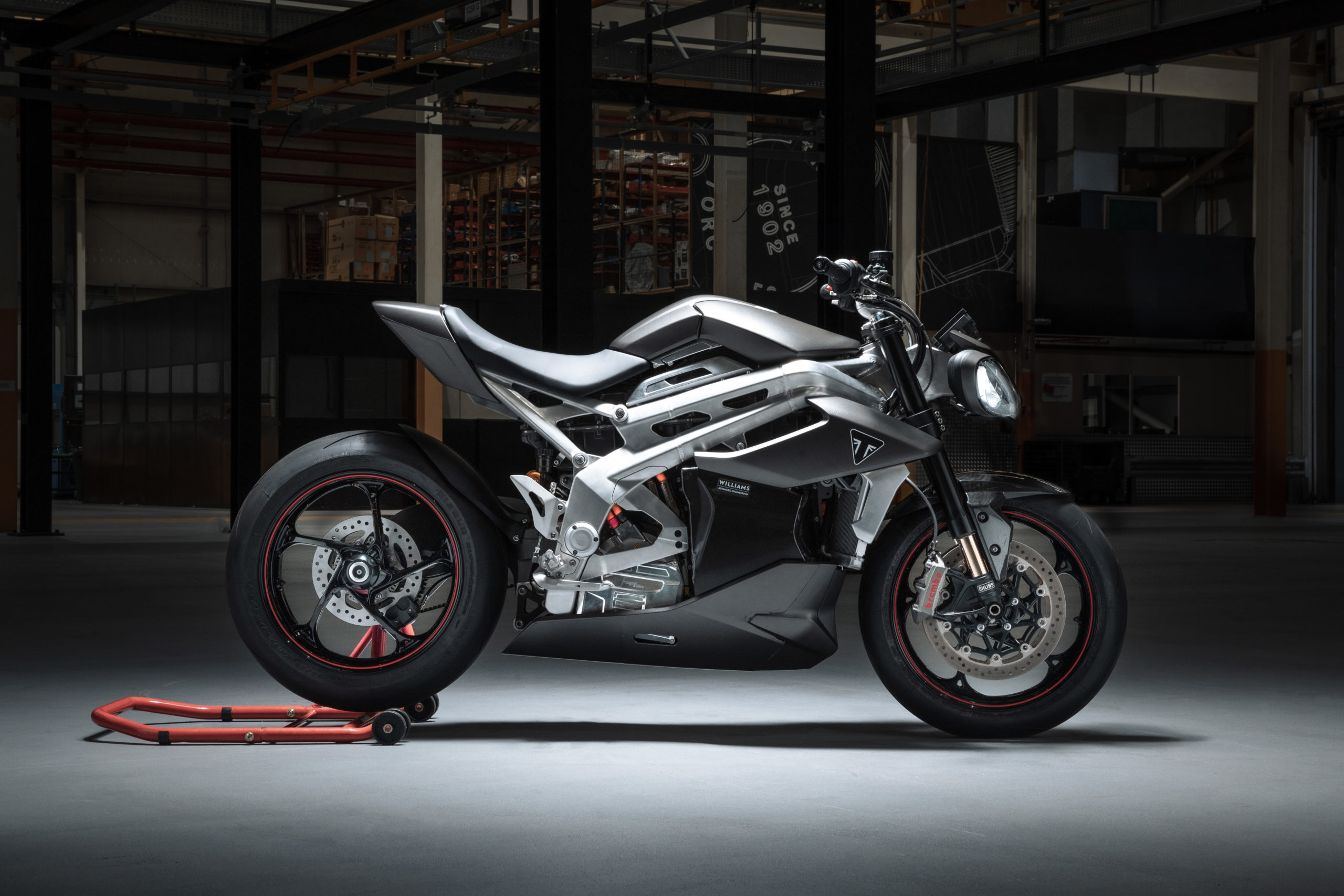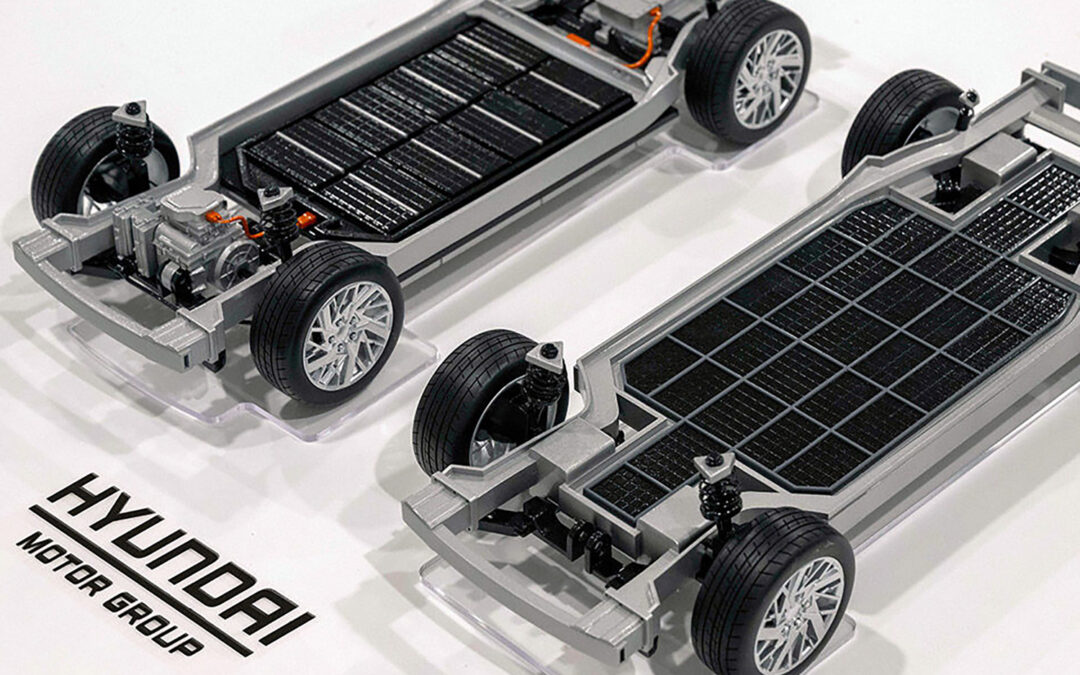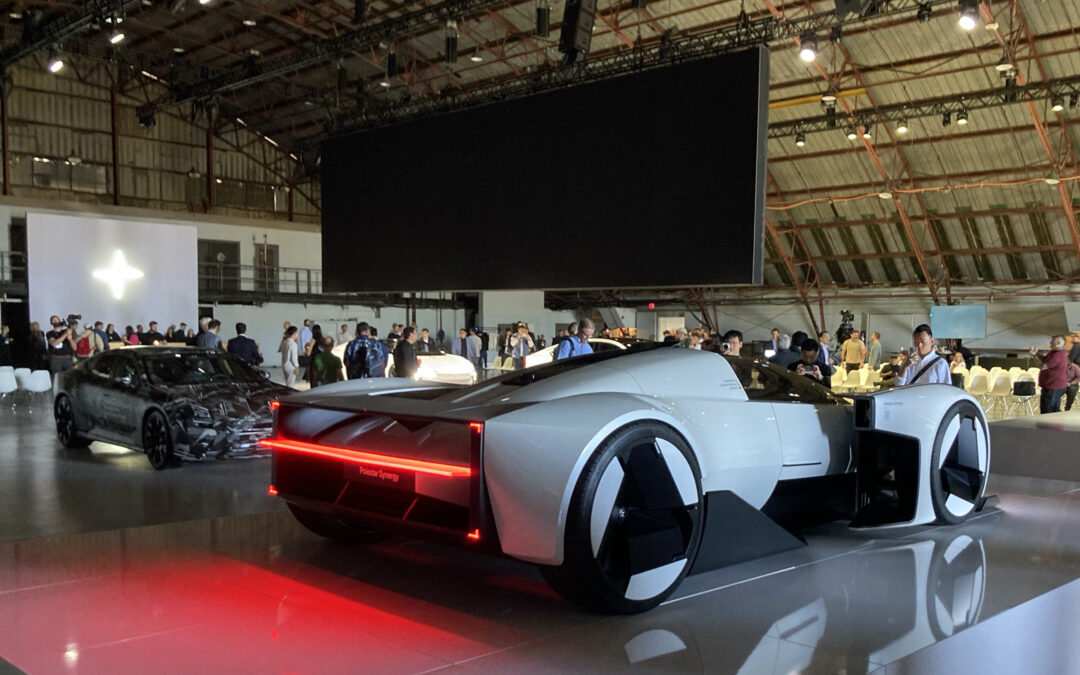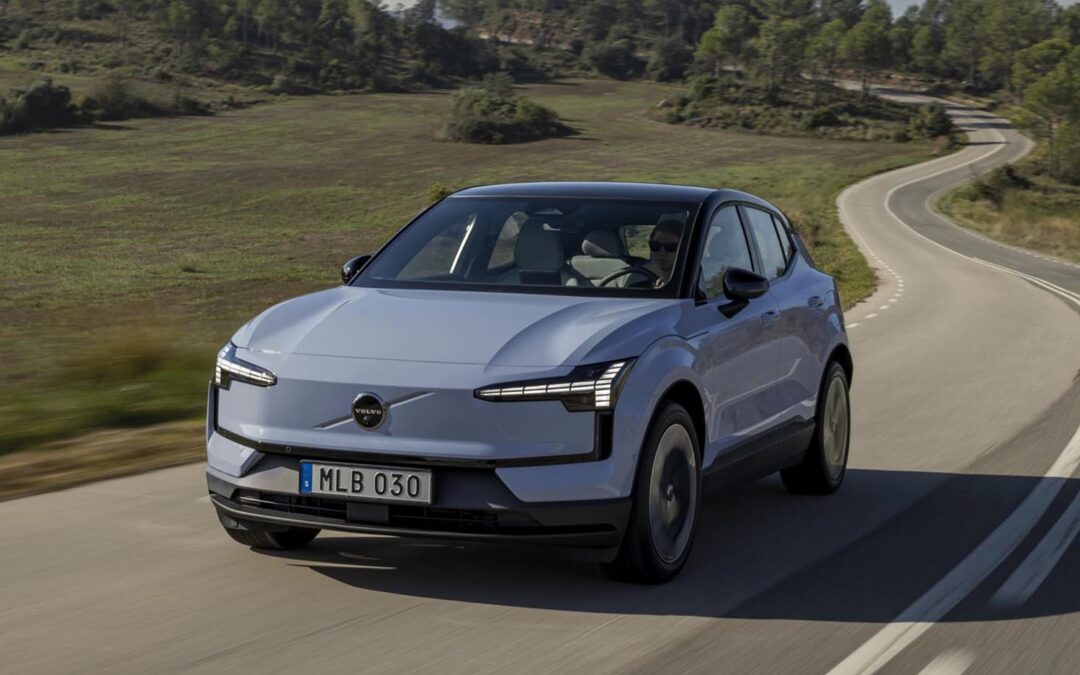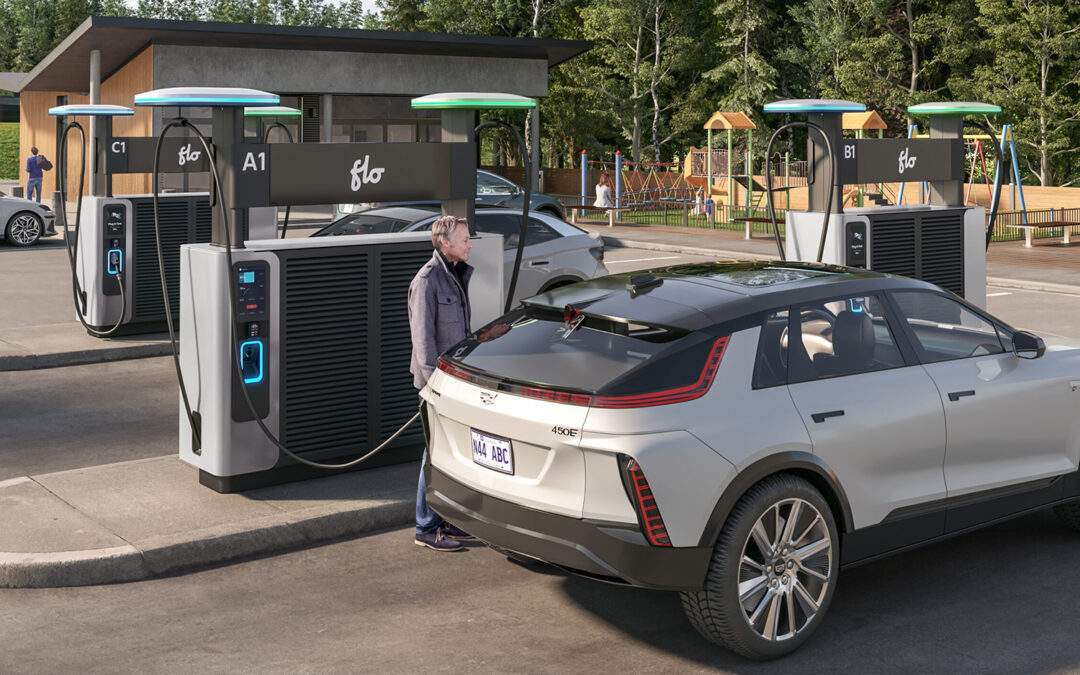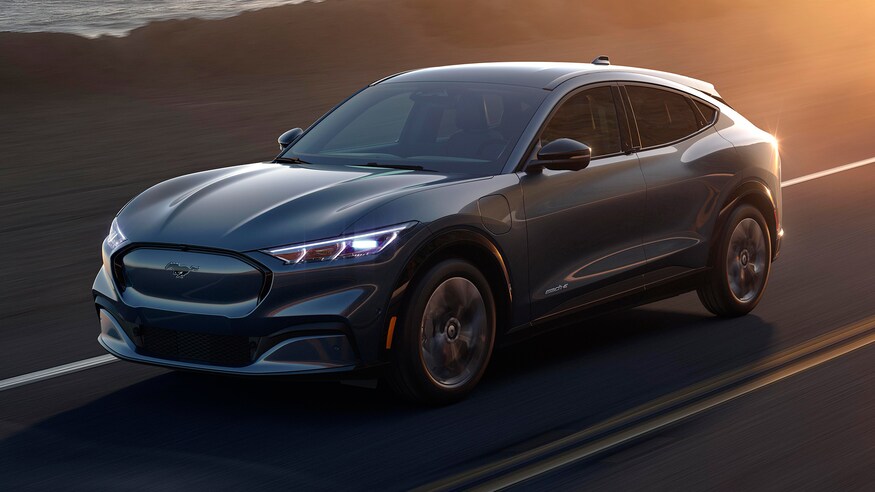Triumph Motorcycles has revealed the latest stage of its collaboration with Williams Advanced Engineering: the all-electric Triumph TE-1 prototype.
Announced last year, the partnership between Triumph and Williams Advanced Engineering – the technical arm of the nine-time Formula 1 Constructors’ World Champion and battery supplier for the all-electric Formula E single seater series – aimed to create “ground-breaking” developments in the electrical engineering and design fields for electric motorbikes, with Project Triumph TE-1 the main proponent.
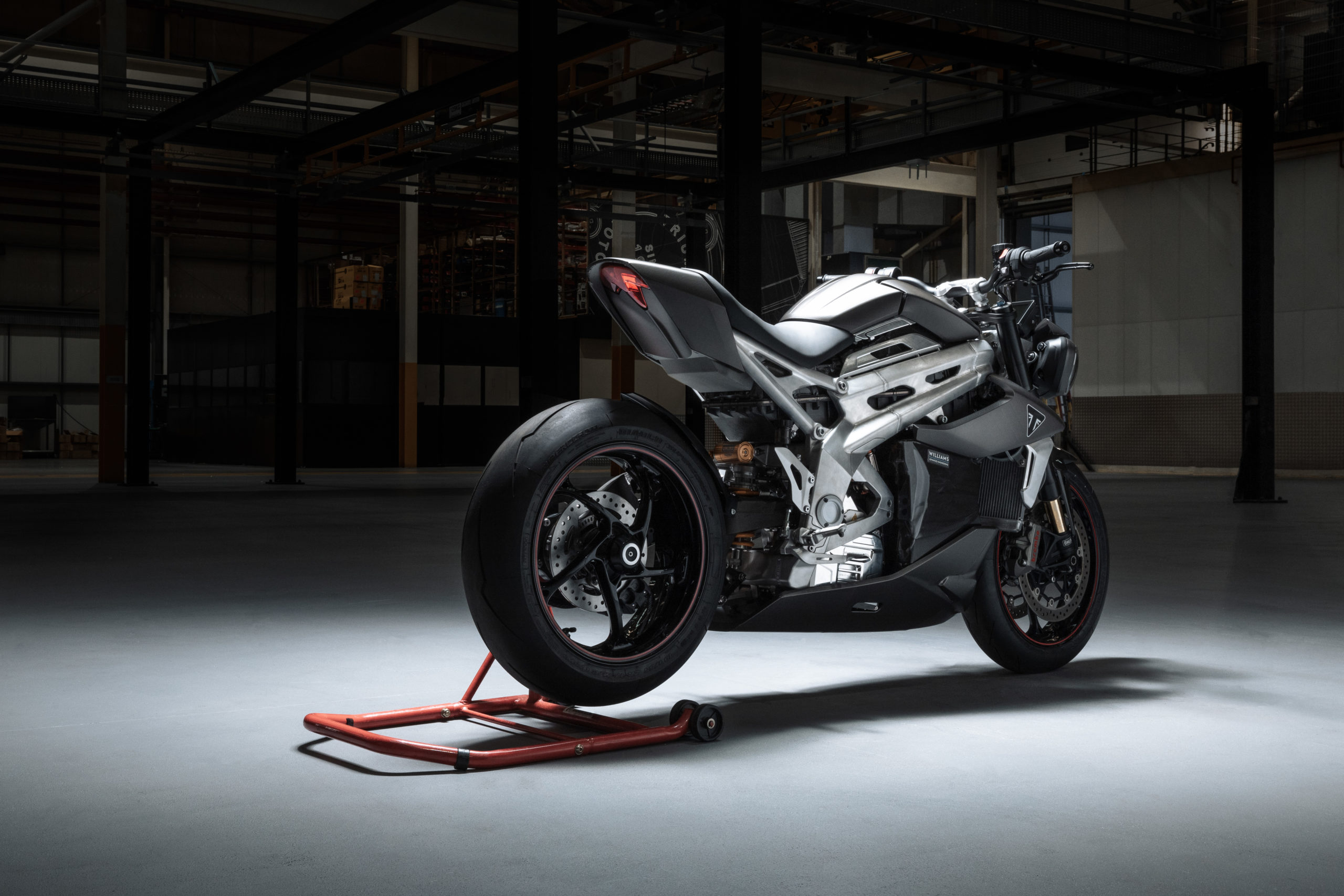
Triumph TE-1 prototype
At the heart of the TE-1 is a new battery pack developed by WAE specifically focusing on “class-leading power,” range and efficiency, as well as innovative packaging solutions. Alongside WAE’s own cooling system, the new battery pack also had to incorporate a vehicle control unit, DCDC converter, a charge port, and “styled carbon covers”, all without affecting the optimum centre of gravity of the bike.
WAE’s battery pack is mated with a new powertrain developed by Integral Powertrain Ltd, a unit featuring an integrated inverter and ‘heavy’ use of silicon carbide, a concept used in aircraft development to reduce size and weight of componentry without affecting the cooling.
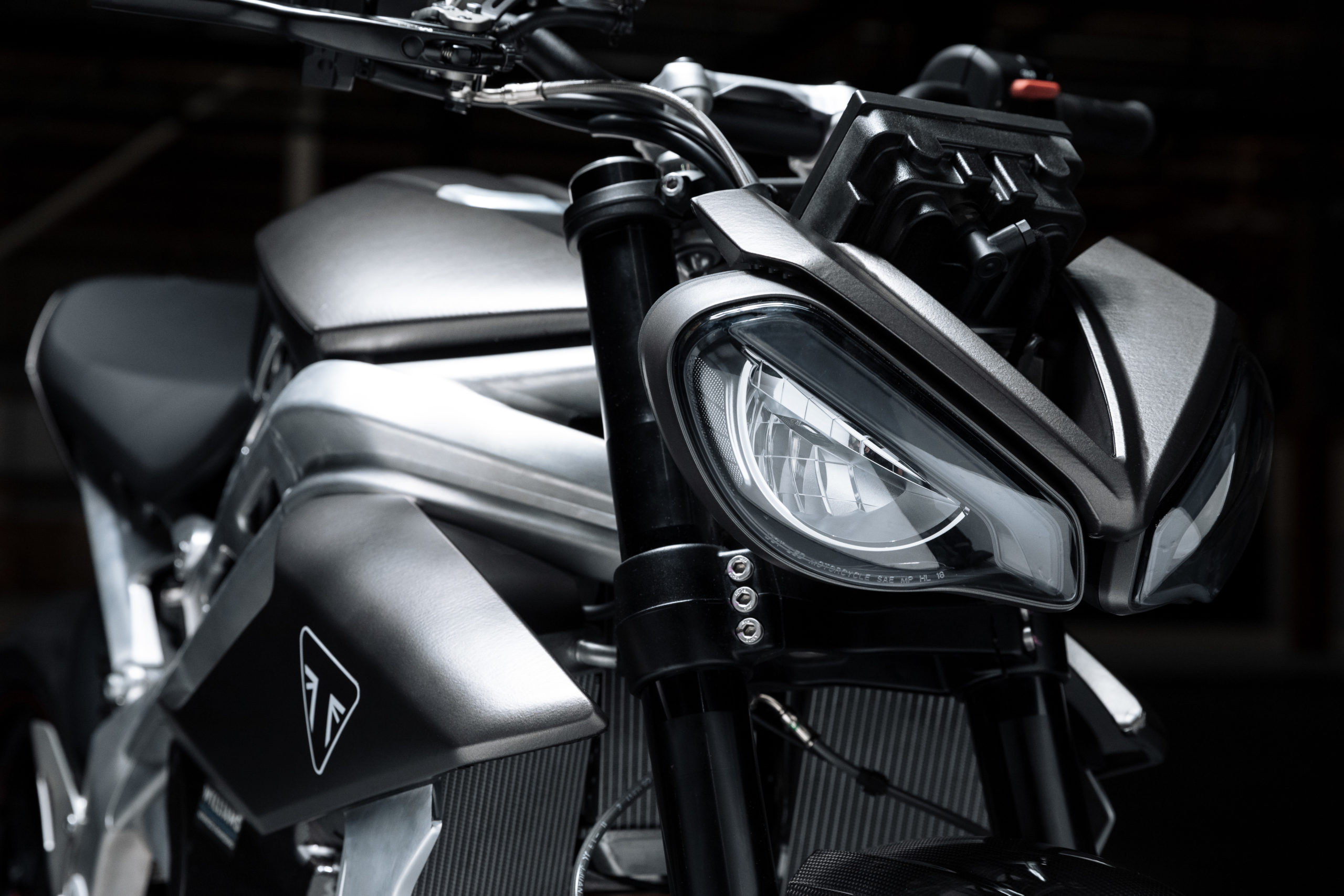
Triumph TE-1 prototype
Combined with WAE’s 15 kWh battery pack, it’s been suggested the powertrain could produce 80 kW (around 107 hp) of continuous power, a power-energy balance that “give[s] the rider more electric power for longer” and can deliver “outstanding performance regardless of battery charge.” On that note, the 360-volt system is said to recharge from empty to 80 per cent in under 20 minutes.
Peak output is 130 kW (around 174 hp), though Andrew Cross, chief technical officer at Integral, has suggested the motor-inverter is capable of 500-plus kW (just under 671 hp): “The integrated motor and inverter unit is now on the bike and is delivering on the target performance and cycle efficiency we engineered, modelled and simulated to achieve. This gives us the opportunity to optimise this platform for production.”
Read more: Ducati using MotoE racing to develop electric street bikes
While Phase 2 of development for WAE was completed in March last year with the battery pack’s first successful bench test, Triumph’s efforts were on the build of the bike itself in full from the chassis upwards, all of which was completed in tandem with the University of Warwick. ‘Phase 3’ meanwhile was finalized when the motor-battery system was fitted to the TE-1 mule for the first time.
Phase 4 testing is now set to continue across the next six months, with focus on refining the powertrain and software before track testing gets underway. It’s also been stated that, during the summer, the TE-1 prototype will be rolled out again with updated bodywork and with final output and performance specifications for both the battery and electric motors.
“It has been truly exciting to see the progress made during phase 3 of Project Triumph TE 1 with the final prototype motorcycle now going into real life testing,” Triumph CEO Nick Bloor explains in an official statement. “Everyone involved at Triumph is proud to have been part of this innovative British collaboration. Personally, I am thrilled with the results we have already achieved with our partners, and the exciting preview of the potential electric future to come.”
“Following an extended period of testing, we are thrilled to finally see the results of our work on a physical bike,” WAE’s head of strategic partnerships Dyrr Ardash continues. “By working with the team at Triumph, we have continued to push the boundaries of battery technology, keeping the rider in mind at all times . Because we have designed the battery from the ground-up, design has not been compromised and we have been able to push the boundaries of current technology, offering both performance and all important, range”.
